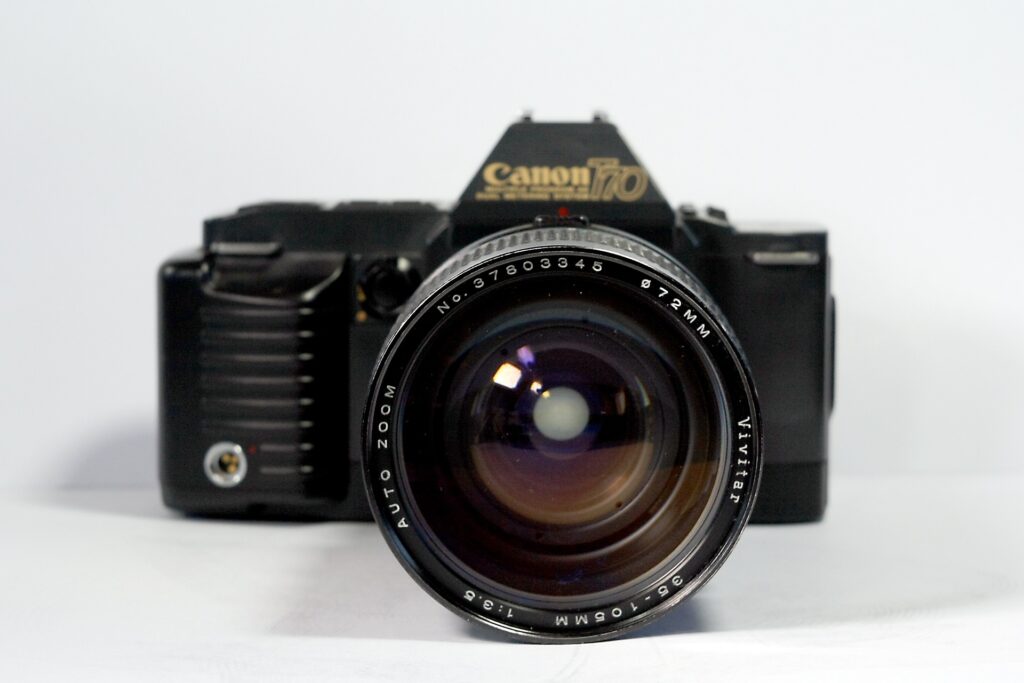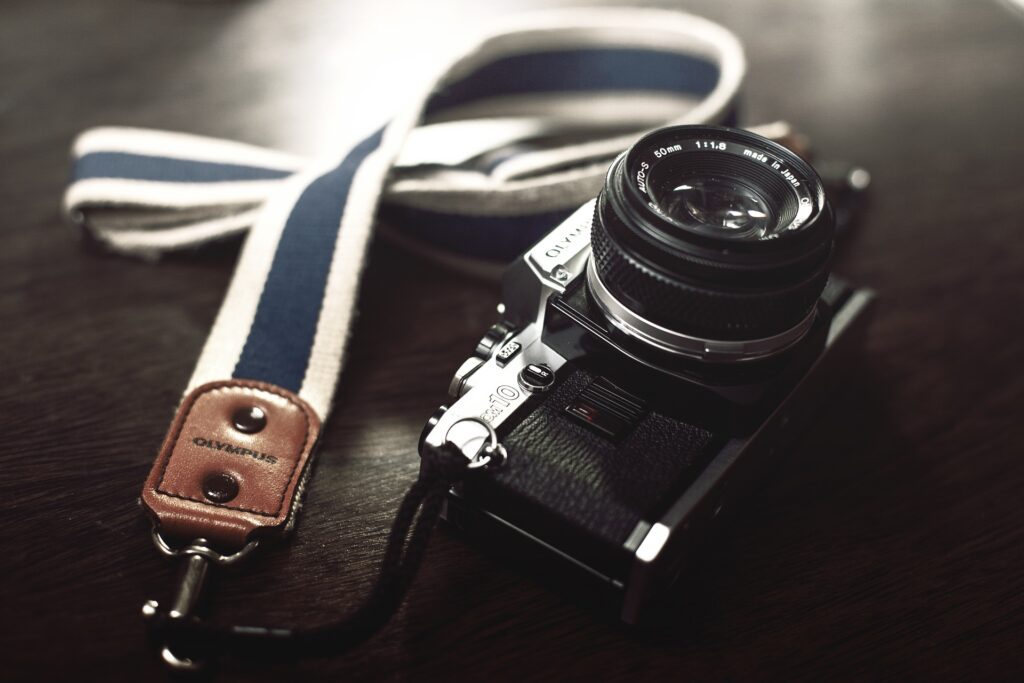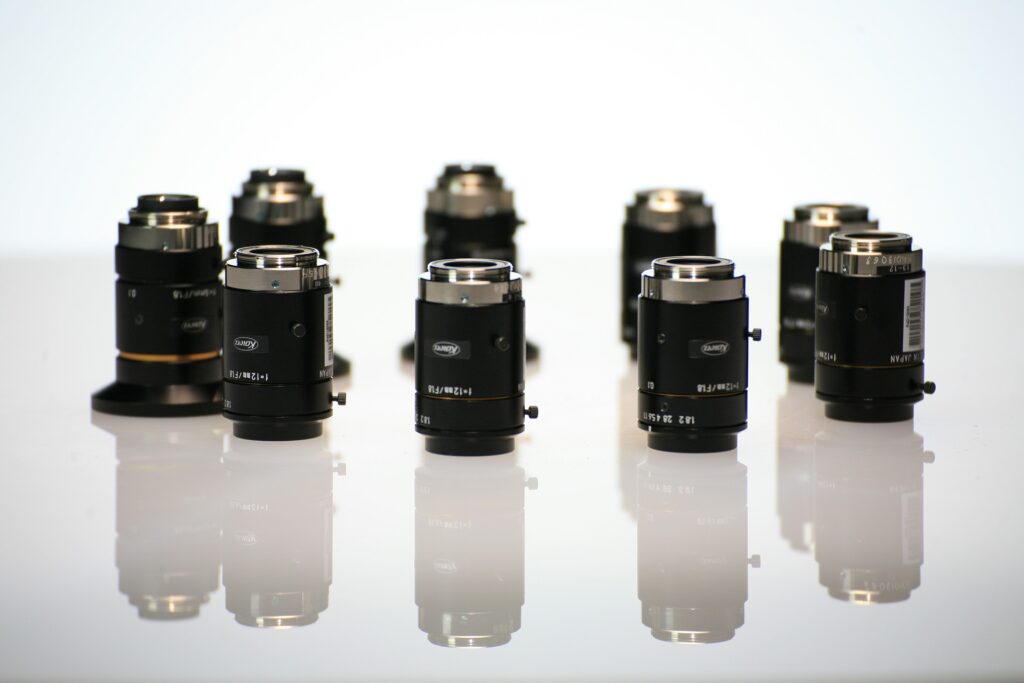Zoom lenses are essential tools in photography that offer versatility, flexibility, and creative control to photographers by allowing them to adjust focal lengths seamlessly. This comprehensive article explores the definition, types, advantages, considerations, practical tips, and cultural impact of zoom lenses in photography for audiences in the United States.
Understanding Zoom Lenses
Zoom lenses are optical devices designed with variable focal lengths, enabling photographers to adjust magnification levels without changing lenses or moving closer to the subject. They offer a range of focal lengths—from wide-angle to telephoto—within a single lens, providing flexibility to capture diverse compositions, perspectives, and distances effectively.

Types of Zoom Lenses
Standard Zoom Lenses: Standard zoom lenses cover a moderate range of focal lengths (e.g., 24-70mm or 24-105mm), ideal for everyday photography, portraits, events, and landscapes. They balance versatility with optical quality, offering consistent performance across focal lengths for various shooting situations.
Telephoto Zoom Lenses: Telephoto zoom lenses feature longer focal lengths (e.g., 70-200mm, 100-400mm) suitable for wildlife photography, sports, concerts, and portrait photography. They magnify distant subjects, isolate details, and compress perspectives, enhancing image clarity and subject isolation in dynamic or challenging shooting conditions.
Wide-Angle Zoom Lenses: Wide-angle zoom lenses encompass shorter focal lengths (e.g., 16-35mm, 10-24mm), expanding field of view and emphasizing spatial relationships in architectural photography, landscapes, interior design, and creative perspectives. They capture expansive scenes, emphasize foreground elements, and enhance depth perception in wide-angle compositions.

Advantages of Zoom Lenses
Versatility and Convenience: Zoom lenses offer photographers the convenience of adjusting focal lengths on-the-go, eliminating the need for frequent lens changes and adapting quickly to evolving shooting environments or subject movements.
Flexibility in Composition: Zoom lenses enable photographers to explore diverse compositions, perspectives, and framing options by zooming in or out to emphasize subject details, adjust background compression, or capture wide-angle panoramas with minimal distortion.

Considerations for Photographers
Image Quality: Evaluate optical performance, lens construction (e.g., glass elements, coatings), and aperture capabilities (e.g., constant or variable aperture) to achieve desired image sharpness, color fidelity, and bokeh effects across different zoom ranges.
Size and Weight: Consider portability, balance, and handling comfort when selecting zoom lenses, especially for travel photography, outdoor adventures, or extended shooting sessions requiring mobility and ergonomic usability.

Practical Tips for Using Zoom Lenses
Focal Length Selection: Choose appropriate focal lengths based on shooting objectives, subject distance, and desired visual impact. Experiment with zoom adjustments to frame compositions tightly, emphasize subject details, or capture expansive landscapes effectively.
Depth of Field Control: Adjust aperture settings (e.g., wide aperture for shallow depth of field, narrow aperture for extended depth of field) to control background blur, isolate subjects, and enhance spatial relationships in zoom lens photography.

Cultural Impact and Contemporary Use
Photographic Styles: Explore zoom lenses in diverse photography genres, including travel, wildlife, portrait, documentary, and event photography, to capture cultural diversity, environmental landscapes, human expressions, and dynamic storytelling elements.
Technological Integration: Embrace advancements in autofocus systems, image stabilization technologies, weather sealing, and lens coatings that optimize performance, mitigate camera shake, and enhance shooting confidence in challenging lighting conditions or unpredictable environments.

Conclusion
In conclusion, zoom lenses empower photographers in the United States to expand creative possibilities, adapt to varied shooting conditions, and capture compelling visual narratives across diverse photographic genres. By leveraging zoom lenses’ versatility, optical performance, and ergonomic design, photographers achieve greater flexibility, efficiency, and expressive control in documenting everyday moments, exploring natural landscapes, or capturing decisive moments in dynamic visual storytelling.
As photographers continue to innovate, collaborate, and embrace technological advancements in zoom lens photography, the future promises continued evolution, creative exploration, and collective appreciation of zoom lenses as indispensable tools for visual storytelling, cultural documentation, and personal expression in contemporary photography practices.